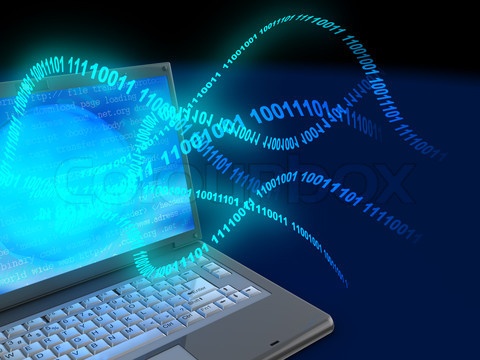It is absolutely clear that building a quantum computing system is next to impossible using current technology. Quantum mechanics are still a relatively new field and we may still barely understand it. However, there are a number of systems that could eventually be developed into intermediate solutions. These methods are not really considered as pure quantum computing solutions, but we may use them as early stepping stones toward real quantum machines.
One of such proposals involves trapping atoms and sub-atomic particles in incredibly strong magnetic fields. Lasers will be used to excite these particles to the desired wavelength. Sequences of laser pulses could arrange these particles into the right pattern that can be used for computational purposes. A MIT researched, Seth Lloyd has a different approach. He proposed the use of organic metallic polymers. This will allow us to determine the energy state of an atom according to its interactions with adjacent atoms. It means that signals can be sent down the polymer chain and unique energy states can be created to establish computational system.
A third proposal involves replacing organic molecules with crystal. In this case, crystals are used to store information in different frequencies. Atom nucleus spins in either of two directions, counter clockwise and clockwise. Such a change can be used to represent different states, such 0 and 1. It means that, the solution isn’t purely a quantum computing, more about representing binary digits in much smaller and faster states.
Unfortunately, miniaturizing digital representations in comes at a price. These small digital representations are so small that they are much less stable and more vulnerable to external factors. Sub-atomic environment can be quite chaotic. A stray photon may change the energy state of an atom, causing misalignments. It is like seeing random resistors, capacitors and others electronics components pop out of nowhere inside our computer cases and whack everything at high speed.
It is important to prevent these systems to wander off track. Interferences from other sub-atomic particles could cause frequent problems. In this case, we should make sure that we are able to reduce the likelihoods of errors. A powerful error correction method is essential to improve reliability on these quasi-quantum systems. As an example, if ten percent of the data is lost, it could be recovered based on the rest of information that get through.
Laser beams are clearly essential to transfer power to these sub atomic particles. Cables and circuit paths can’t be used, obviously. Laser that shines on ions will create transitions on different states. Stringing these components together will require a large-sized dimension. The impact of such technology will be quite huge. It is not known when the first quantum computer will be built, because the technological obstacles are quite immense. At the moment, standard computing devices are powerful enough when arranged in networks. Today’s computers may look like mechanical calculators from 19th century compared to quantum models, but eventually we will get there.


























Leave a Reply